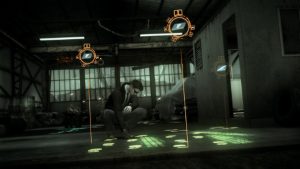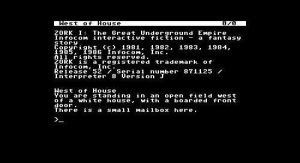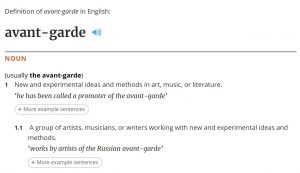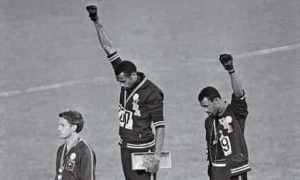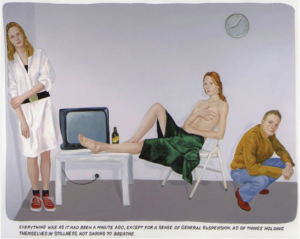Dieter Rams 10 principles of good design can be seen in many modern day inventions, from kettles to phones. He states that good design should:
Be innovative
Make a product useful
Is aesthetic
Make a product understandable
Be unobtrusive
Be honest
Be long lasting
Be thorough down to the last detail
Be environmentally friendly
Involves as little design as possible
Cell phones when created are always pushed as being unique and are finding new ways to be innovative. When they first were released they were incredibly basic and had limited functions. However they were still innovative in the way that they were a new and unique product which drew people’s attention. When phones moved from physical buttons to touchscreen it could be considered good design as it makes the product simpler to use by removing multiple mechanical parts and making the products more aesthetically pleasing. They become more aesthetically pleasing over time with sleeker appearances and smoother edges.
These are a few of the ways that cell phone companies take Dieter Rams 10 principles and create new innovative products.

The website below (1) shows how phones evolved over time with new innovations in technology and the impact that had on the public. Dieter Rams 10 principles aren’t just applied to physical objects though. Looking at a toaster you know what you’re doing, and this should be the same for a webpage. Your webpage shouldn’t be confusing to figure out how to access it and use it properly, its should be honest and thorough. So as you can see web pages are another thing that the 10 principles could easily be applied to. The website below (2) showcases Dieter Rams 10 principles and how they take it into account when designing web pages.
- https://www.hongkiat.com/blog/evolution-of-mobile-phones/
- https://www.interaction-design.org/literature/article/dieter-rams-10-timeless-commandments-for-good-design
The second part of the question would be whether these 10 principles are relevant in games design today. And i can honestly say its not going to be as simple as a yes or no answer, more of a “they can be useful” answer. Now straight away i would say that they are not relevant in modern gaming due to the complexity of games nowadays. Games such as dark souls, whilst aesthetically pleasing and innovative, is not easily understandable and involves a huge amount of design. And you can consider many games to be obtrusive today as they perform their function of entertainment yet also provide frustration and can break easily.
However, not all games share these same issues. Games can actually use all 10 principles or at least most of them and these principles help to design these games. For example the game Magic the Gathering. A card game which utilizes the ten principles put forth by Dieter Rams. Below is a link which explains how they have been implemented into the game. In the article he talks through the different principles and how that applies to him as a card designer and how these impact the choices he makes and the way people perceive the cards.
https://magic.wizards.com/en/articles/archive/making-magic/ten-principles-good-design-part-1-2010-05-03
Reference:
Image 1: http://unit30distinctiond1.blogspot.co.uk/


